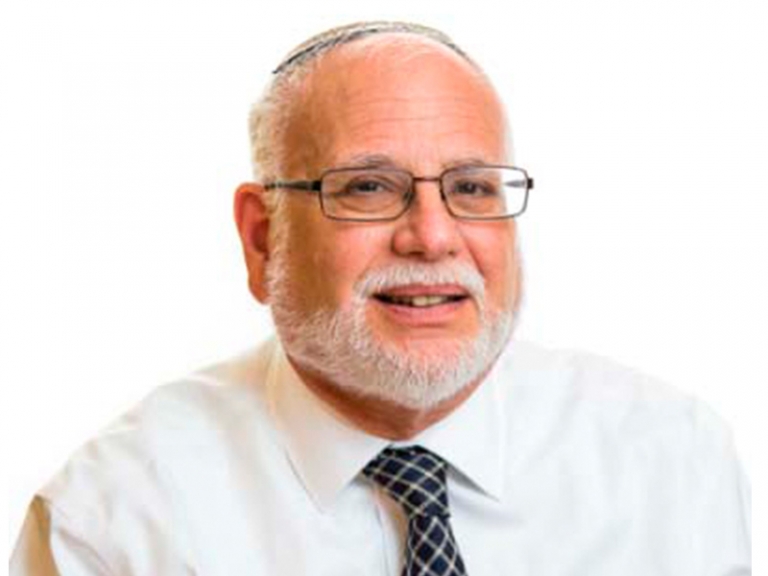D'var Torah by Dr. Kalman Stein, Interim Head of School

Dear Hebrew Academy Community:
On Thursday night we entered the third of the seven weeks of the Sefirat HaOmer period. Besides performing the Mitzvah of counting Sefira each night, we observe certain customs which seem to indicate a period of mourning. We do not, for example, make weddings or take haircuts during this period. There are different Minhagim regarding the precise period when we avoid these activities—for some it is from the beginning of Sefira through Lag BaOmer, for others it’s from Rosh Chodesh Iyar until Shavuot—but we all observe this custom. Why? Just about any school child can explain that it was during this seven-week period that 24,000 of Rabbi Akiva’s students died because they did not treat one another with appropriate respect (Baba Batra 62b).
But does that really make sense? The death of 24,000 Torah scholars is certainly a tragedy. But the Jewish People have suffered many worse tragedies throughout our long history and none of them are commemorated by a seven-week period of national mourning. Even the annual period of mourning for the destruction of the Beit HaMikdash lasts only three weeks. And, yes, it is worth noting as we approach Yom Ha-Atzma’ut, as we celebrate Reishit Zemichat Ge’ulatainu, that the deaths of these students is related to the loss of sovereignty and the long exile which followed the defeat of Bar Kochba’s rebellion (132-136 C.E.). Rabbi Akiva was an ardent supporter of Bar Kochba and even considered the possibility that he was the Messiah. But that still doesn’t really explain this prolonged period of partial mourning.
Rabbi Adin Steinsaltz suggests that the Gemara’s explanation perhaps is secondary and there is a deeper meaning to our refraining from certain activities during the Sefira period. The Mitzvah of Sefirat HaOmer in the Torah predates Rabbi Akiva by more than a thousand years. The count had an agricultural aspect but in essence it marked the period from Yetzi’at Mitzrayim to Matan Torah, from Pesach to Shavuot, and, therefore, should be looked upon as a period of preparation for receiving the Torah. When looked at from that perspective, we refrain from some activities not because we are in mourning but rather because we are—or should be—so busily involved in preparing ourselves spiritually and intellectually to receive the Torah once again on Shavuot that we have no time to make weddings or groom ourselves. Rabbi Steinsaltz compares this to the difference between Tisha B’Av and Yom Kippur on both of which we are required to fast. On Tisha B’Av we fast because we are mourning; on Yom Kippur we don’t eat because we have more important things to do. As he put it: “On Tisha B’Av, who can eat? On Yom Kippur, who wants to eat?”
Shavuot gives meaning to Pesach. The exodus to freedom has little significance until we receive the Torah which gives substance and meaning to that freedom. The Omer period marks the transition from the barley harvest—barley was primarily used as animal fodder—to the wheat harvest, to human food. The period of Sefirat HaOmer is our journey through the desert: the search, the challenge, the thirst as one goes from physical freedom to “accept the internal [and eternal] light.” Am Yisrael could not go directly from Egypt to Mount Sinai. They needed a period of growth and introspection to prepare for Matan Torah. For us to emulate our ancestors and say Na’aseh V’nishma—to unequivocally accept the Torah and its obligations—each year anew on Shavuot we, too, must go through a seven-week period of preparation. It is a period of internal struggle, the outward manifestation of which is refraining from certain activities not as a demonstration of mourning but rather as a reflection of focus and seriousness of purpose.
Yom Ha-Atzma’ut Samai’ach & Shabbat Shalom,
Dr. Kalman Stein
Head of School

